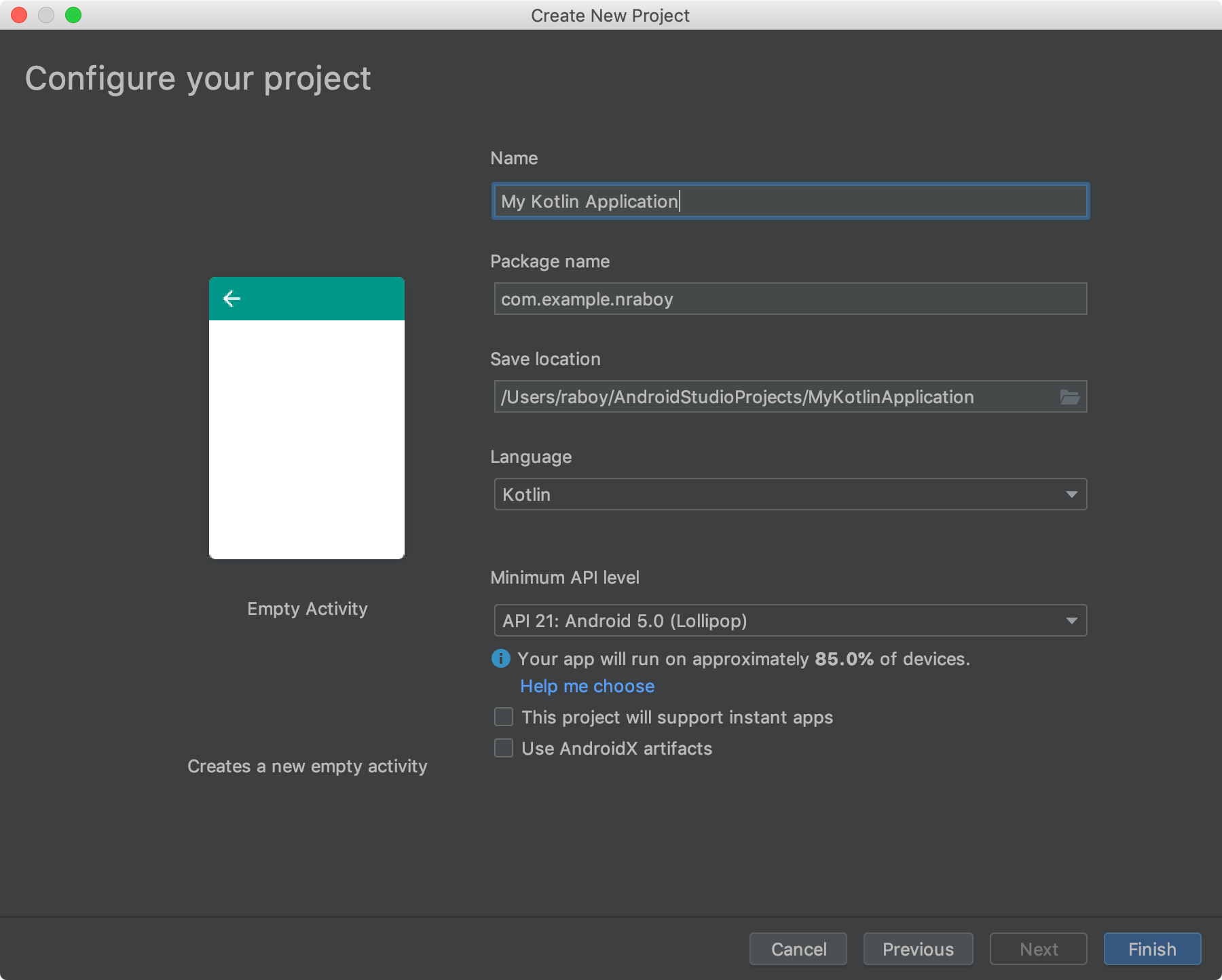
➡️ In an activity, you can get the Context by calling 𝘵𝘩𝘪𝘴.


It is used for operations that are specific to that service, like accessing system services or managing notifications.Ĭontext is available to you throughout your app, but there are different ways to get it depending on where you are in your code. ➡️ Service Context: represents a service and is available only within that service's lifecycle. It is used for operations that are specific to that activity, like creating views or starting activities. ➡️ Activity Context: represents a single activity and is available only within that activity's lifecycle. It is used for long-running operations, like loading resources or managing services. ➡️ Application Context: represents the entire app and is available throughout the app's lifecycle. It allows Android to enforce restrictions on what app can do, and prevent it from accessing sensitive information or resources without permission. Without Context, app would not be able to do much on its own.įor example, if app wants to display a message on the screen, it needs to use Context to access the current activity or fragment.Ĭontext is also important for security reasons. It includes information about app environment, like the resources app can access, the permissions it has, and the services it can use.Ĭontext is a way for app to interact with the operating system and other apps on the device.Īpp needs Context to access system resources, like the screen, storage, and network. In Android, your app is like a toy car, and Context is like a place where it can move around.Ĭontext is an object that represents the current state of the app.

But it also needs a place to move around, like a floor or a table. Struggling to understand Context in Android? Let's simplify it.


 0 kommentar(er)
0 kommentar(er)
